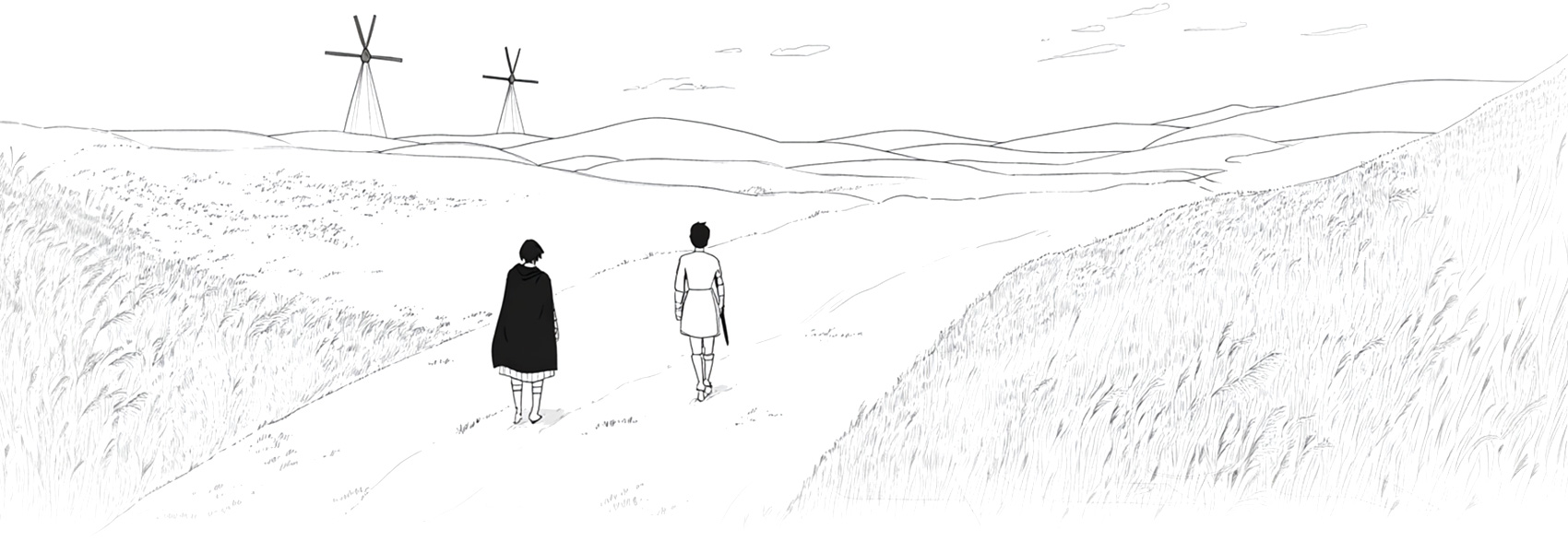
Miguel de Cervantes’ Don Quixote (1605–1615) is a cornerstone of world literature, often hailed as the first modern novel. This timeless tale of a delusional knight-errant and his loyal squire blends humor, tragedy, and biting social critique, offering a profound exploration of reality, illusion, and the human spirit. Through the misadventures of Alonso Quixano—a man so consumed by chivalric romances that he renames himself Don Quixote—Cervantes crafts a story that dissects heroism, madness, and the enduring power of dreams. A masterwork of satire and metafiction, Don Quixote remains essential reading for lovers of classic literature, philosophical depth, and stories that challenge the boundaries of imagination.
The novel opens in La Mancha, Spain, where the aging Alonso Quixano, a minor nobleman, becomes obsessed with books of chivalry. Driven to madness by tales of knights and damsels, he dons a rusty suit of armor, renames himself Don Quixote de la Mancha, and sets out to revive chivalry in a world that has moved on. His delusions transform the mundane into the mythical: windmills become giants, inns turn into castles, and peasant women are exalted as noble ladies.
Don Quixote recruits Sancho Panza, a pragmatic farmer, as his squire. Sancho, lured by promises of wealth and governance, joins the quest despite recognizing his master’s madness. Their dynamic—Quixote’s idealism clashing with Sancho’s earthy realism—fuels the novel’s heart. Together, they traverse the Spanish countryside, their journey marked by absurdity and unintended consequences.
In Part II, a noble couple, amused by Quixote’s exploits, manipulates him into elaborate pranks. They appoint Sancho “governor” of a fictional island, exposing the corruption and absurdity of power. Though Sancho rules wisely, he abandons the post, declaring, “I was born a man and I’ll die a man.”
Quixote’s final adventure pits him against the “Knight of the White Moon” (a disguised neighbor), who defeats him and forces him to renounce chivalry. Broken and bedridden, Quixote regains his sanity as Alonso Quixano, only to die in sorrow, leaving Sancho to mourn both his friend and the loss of their shared dreams.
Quixote’s madness blurs the line between fantasy and reality, questioning whether imagination enriches life or distorts it. Cervantes invites readers to ponder: Is Quixote a fool, or a visionary who dares to see the world as it could be?
Key Quote: “Too much sanity may be madness—and maddest of all: to see life as it is, and not as it should be!”
Cervantes satirizes the outdated chivalric code, highlighting its irrelevance in a pragmatic, post-medieval world. Quixote’s failures—his misplaced heroism, outdated ideals—mirror Spain’s struggle to reconcile its romantic past with a changing present.
The novel’s metafictional layers—a “history” compiled from fictional sources, characters aware of Part I’s publication—challenge authorship and narrative reliability. Cervantes critiques how stories shape identity, as Quixote literally lives by the books he reads.
Sancho’s rise to “governor” exposes the absurdity of class hierarchies, while Quixote’s delusions of nobility underscore the emptiness of titles. Cervantes champions humility and integrity over birthright.
Written during Spain’s Golden Age, Don Quixote reflects Cervantes’ disillusionment with imperial decline and rigid social structures. A veteran maimed at the Battle of Lepanto, Cervantes infuses the novel with critiques of vanity and violence, informed by his own hardships.
Today, the novel resonates in discussions of:
Don Quixote has inspired countless adaptations, from operas to films, and coined the term “quixotic” for idealistic yet impractical pursuits. Its influence echoes in works like Madame Bovary and The Catcher in the Rye, while postmodern authors celebrate its narrative experimentation.
Cervantes’ masterpiece endures not just as a parody of chivalry, but as a meditation on the human condition. Quixote’s quest—ridiculous yet noble—challenges us to reflect on our own delusions and aspirations. In a world increasingly dominated by pragmatism, Don Quixote reminds us that imagination, however flawed, is the spark of progress and empathy.
Final Quote: “For neither good nor evil can last forever; and so it follows that as evil has lasted a long time, good must now be close at hand.”
A must-read for seekers of truth, lovers of humor, and anyone who has ever dared to dream in the face of impossibility.
